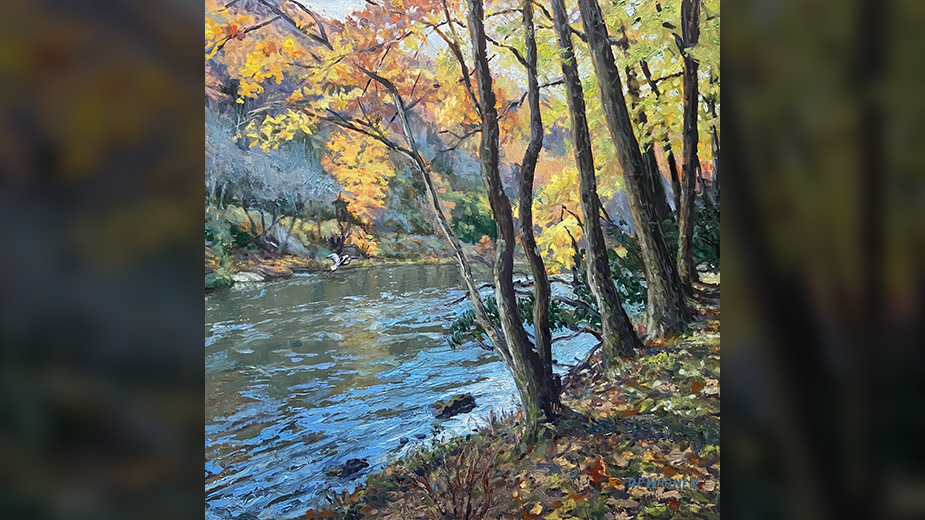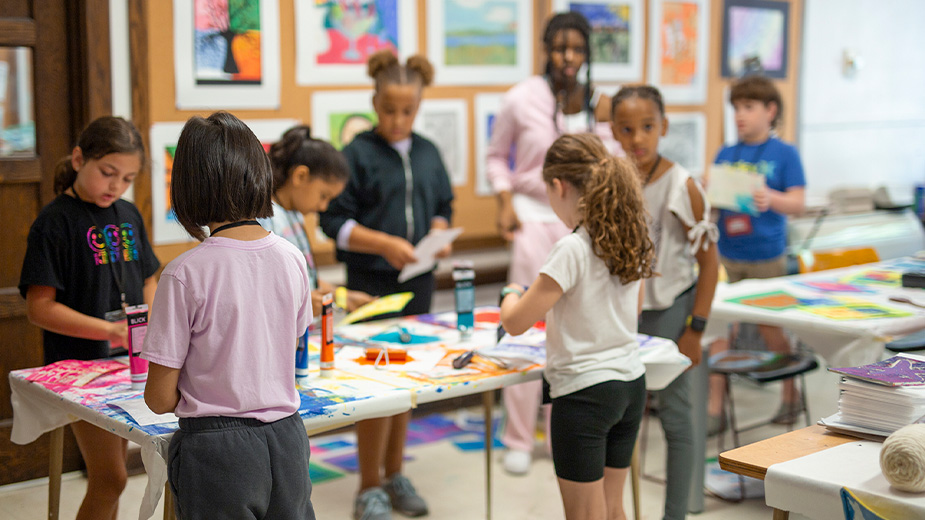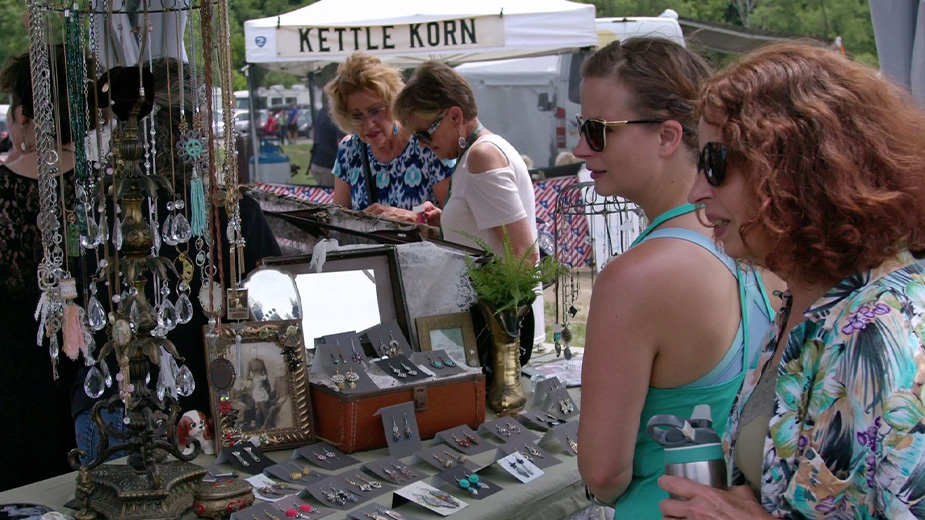The Update | Arts Exhibits at The Hoyt; Effort Supports Downtown Businesses
NEW CASTLE, Pa. – Arts & Education at the Hoyt’s final exhibit of 2023 will spotlight two regional artists: D.P. Warner and Nancy McNary Smith. It will open Tuesday, Nov. 7, and run through Dec. 21.
A public reception will take place Saturday, Nov. 11, from noon to 2 p.m. Admission is free.
Warner’s collection of landscape paintings will be on display in the Main Galleries. It illustrates his reaction to the places he has traveled.
Smith has been using ceramics to document the implosion of American political discourse, the threats of the pandemic and the attack of old age over the past few years in two recent series, “Punctured Pots” and “Osteoporosis,” on display in the Sculpture Walkway.
Effort Stirs Support for Downtown Businesses
YOUNGSTOWN, Ohio – Derrick McDowell, owner of Youngstown Flea, has launched an effort to build support for downtown businesses.
We Are: Downtown aims to encourage residents to support the struggling restaurants, bars and shops that have seen business decline because of the pandemic and street closures. It is timed to coincide with the final 60 days of the year and the holiday season.
The effort includes a video on the We Are: A Generation website that viewers are encouraged to share on social media and with friends. The video includes interviews with downtown business owners and restaurateurs.
The website also includes a downtown map and idea guide and a $1,000 giveaway.
Author: Use Extra Hour to Unwind
AUSTINTOWN, Ohio – Nancy Christie would like to see Americans take a different approach to the end of daylight saving time.
The Austintown-based author of “The Gifts of Change (Atria/Beyond Words) and five other books suggests viewing the extra hour as a gift.
“It’s a time when we can take a breath, relax, re-energize and ‘de-load’ ourselves,” she said.
Daylight saving time ends Sunday, when clocks are set back by one hour.
Toward that end, Christie created Zero-Tasking Day in 2005. She was feeling a need to catch her breath, as she put it, after a particularly difficult series of life events.
In talking with others during her rut-busting workshops, she realized that the need to “do” often outweighed the need to just “be,” and it leaves many people feeling overwhelmed and frustrated.
“For most of us, there are not enough hours in a day or days in a week to do all the things we want or believe we have to do,” she said. “Stress builds as we push harder and harder to fit in more. The more we do, the more we think we should do. And when we find a few extra minutes, we regard them as time to fill, instead of opportunities to take a break and let our body and mind heal.
“Zero-Tasking Day creates a space in our hectic schedules when we can do absolutely nothing. The idea of choosing to do nothing for a set period of time is foreign to many of us – yet absolutely essential for our mind and body.”
Studies have shown that taking even short breaks gives the prefrontal cortex a chance to take a breather, so to speak, from its executive functioning responsibilities. It can increase levels of creativity and rebuild the levels of attention and motivation that have become depleted over time.
Most importantly, it can also help people cope with stress.
Not sure if you need a Zero-Tasking Day? Take Christie’s quiz on her Tools for Change page at nancychristie.com.
Lecture on Covid Virus and Its Depictions
NEW WILMINGTON, Pa. – Dr. Kathleen Howard, professor of chemistry and biochemistry at Swarthmore College, will present the 16th annual Ken and Nancy Long Chemistry Lecture at 7 p.m. Friday, Nov. 10, in Hoyt Science Center, Room 101.
Admission is free and open to the public.
In her lecture, “The Spiky Blob Seen Around the World,” Howard will discuss how the public reacts to images of the coronavirus – the “spiky blob.” She will explain how the spikes on the image of the coronavirus play an essential role in how the virus infects a cell, as well as how they work on the molecular level.
“The spiky blob image grabbed the general public’s attention, perhaps in a way never experienced before with a health crisis. As the pandemic stretched on, the original coronavirus images morphed into more whimsical representations and cartoons that reflected how the pandemic infiltrated all aspects of life,” Howard said, adding that she will also touch upon how viruses were represented in the popular press long before the technology existed to visualize things as small as viruses.
Howard’s research focuses on the use of magnetic resonance spectroscopy to investigate the structural and dynamic properties of membrane-bound molecules.
Pictured at top: “Change of Season,” a painting by D.P. Warner, will be part of an upcoming exhibition at The Hoyt.
Published by The Business Journal, Youngstown, Ohio.



